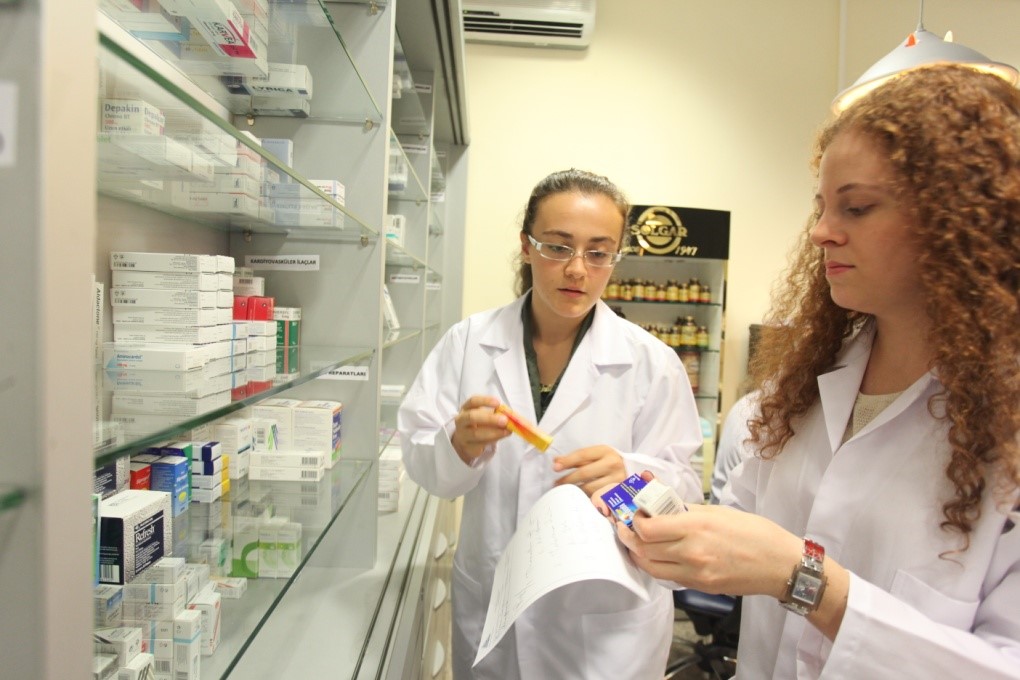
What is Physical Treatment?
The American Physical Treatment Association defines physical therapy as "... a health occupation whose main purpose is the promotion of ideal human health and function through the application of scientific concepts to avoid, determine, assess, fix, or alleviate intense or prolonged movement dysfunction".
Physical Treatment is a profession whose main purpose is the restoration, upkeep, and promotion of optimum health, function, and quality of life for individuals of all ages. The science of physical therapy includes the application of restorative methods, techniques, and interventions that help rehabilitate a person to their maximum physical capacity. The art of physical therapy is assisting people help themselves.
In laws and guidelines defining practice, physical treatment is typically defined as the care and services offered by a physical therapist or a physical therapist assistant under the direction and supervision of a physical therapist, and include:
Minimizing impairment and practical limitation by developing, carrying out, and modifying healing interventions;
Preventing injury, disability, practical limitation and disability; and Engaging in consultation, education, and research study.
More details about the profession of physical therapy might be obtained by visiting the American Physical Treatment Association's web website at www.apta.org
Who are Physical Therapist Assistants?
Physical Therapist Assistants, or PTA's, are knowledgeable health care service providers who deal with and under the direction and guidance of a physiotherapist to provide physical therapy services. In order for a private to practice as a PTA, they need to graduate from a certified PTA program and successfully pass a licensing/certification test.
PTA's play an integral role in offering physical therapy services for people with different impairments. When a client looks for or is referred for physical therapy services, the physical therapist carries out a preliminary evaluation and describes a strategy of care. The PTA can then perform all or part of the treatment strategy as instructed by the physical therapist.
The American Physical Treatment Association acknowledges the PTA as the only person who helps the physiotherapist in the shipment of picked physical therapy interventions.
What does a Physical Therapist Assistant do?
The physical therapist assistant (PTA) carries out physical treatment interventions and related tasks under the direction and supervision of a physiotherapist. Such tasks may include training clients in restorative exercise and activities of daily living, utilizing physical agents such as cold, heat, electrical power, or water for pain relief and recovery, advising individuals in using assistive gadgets for strolling, taking part in injury care, promoting health and injury avoidance, providing patient and family education, training patients in wheelchair activities, assisting the physical therapist in performing patient assessments and complicated interventions, and a lot more.
The PTA also keeps track of the client's reaction to treatment, carries out numerous tests and measures, files pertinent elements of patient care, and maintains ongoing interaction with the supervising physical therapist, in addition to other health care experts.
What is the difference between a PT and a PTA?
The physical therapist (PT) and the physical therapist assistant (PTA) differ in instructional preparation and levels of duties as it associates with the arrangement of physical therapy services.
Today, the overwhelming majority of PT schools educate physiotherapists at the Doctorate level, although lots of practicing therapists were informed when programs needed only a Master's or Bachelor's degree. The PTA is educated at the Associate's degree level, which normally corresponds to two years of college.
The PTA has a working knowledge of the theory behind treatment interventions, understands pathological conditions being treated, and comprehends how to apply modalities and techniques used to treat those conditions.
The PT has extensive education in evaluative skills, research study, and administration, along with innovative coursework in human anatomy, neuroanatomy, orthopedics, pathology, and restorative methods. Both the PT and the PTA must graduate from accredited programs and pass a licensing assessment in order to practice in their particular functions.
Consumers/patients may seek the services of the physical therapist directly, or, the client might be referred to a physical therapist by a physician. The PT performs the preliminary assessment and examination of the client. The assessment will result in a physical therapy medical diagnosis, and as suitable, the PT will establish goals or results to be achieved by a physical treatment plan of care and treatment strategy.
The PTA can not carry out the initial examination or assessment; however, the PTA might help the PT in gathering data. Following the examination of the patient, the PTA may carry out chosen interventions and data collection as directed medical device degree by the supervising PT. The PTA needs to always work under the direction and guidance of a physical therapist. The collaborative relationship between the PT/PTA is extremely reliable and valued, and the team greatly adds to the success of the general rehabilitation procedure.